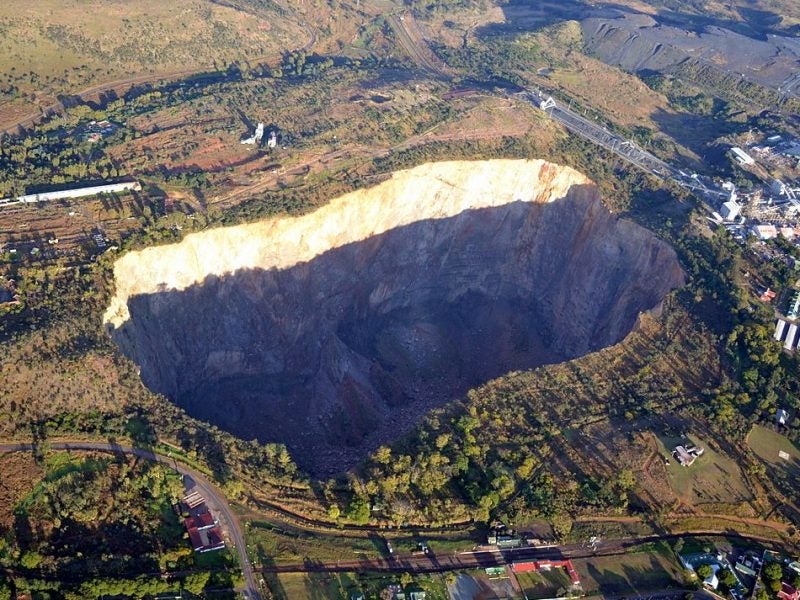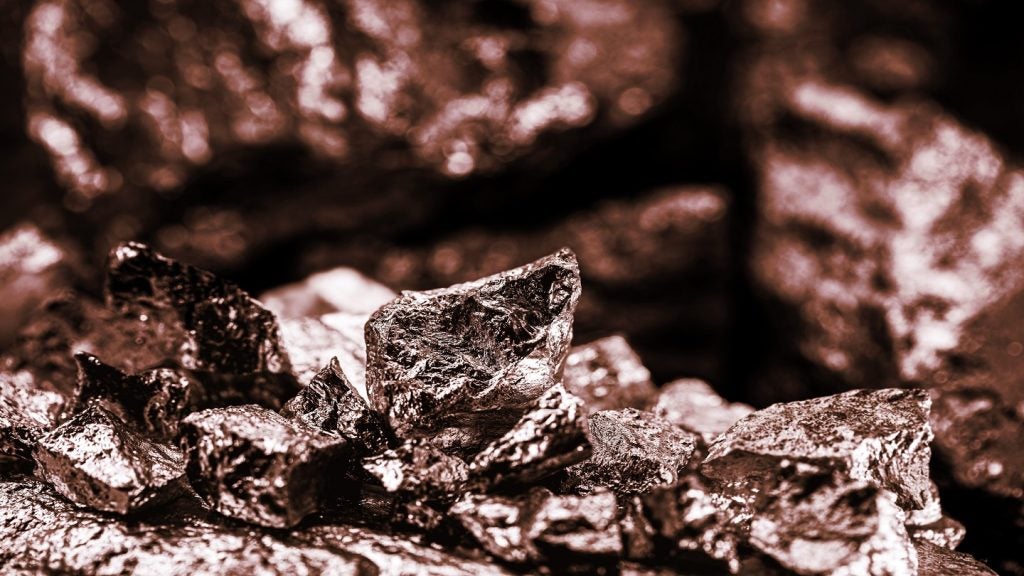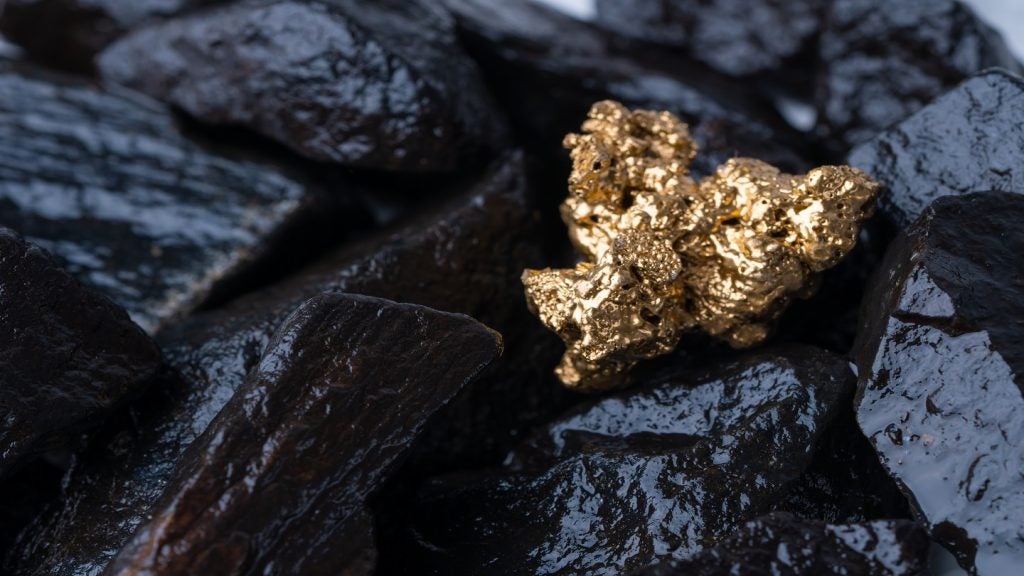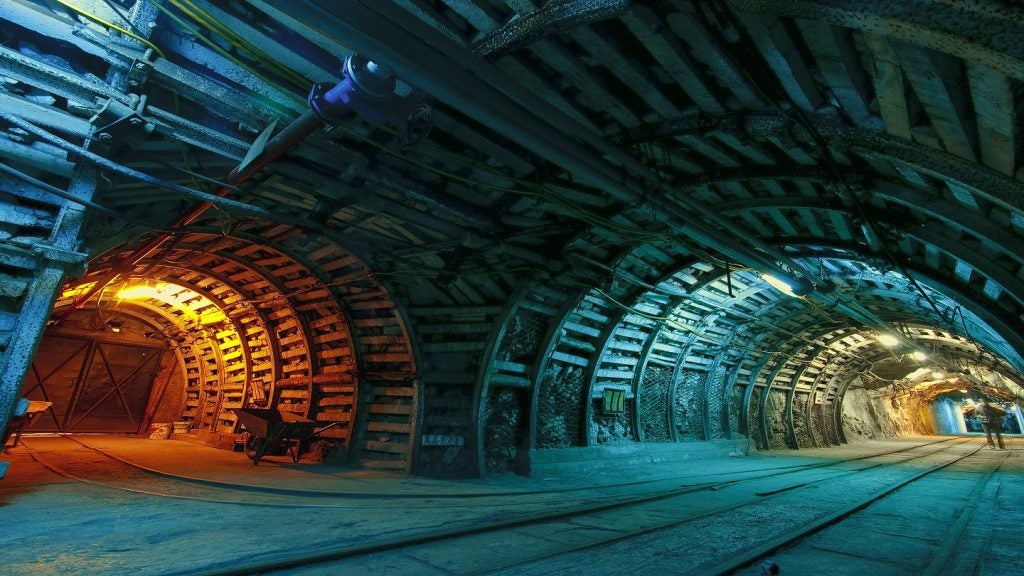
The Thorny River area covers three properties in South Africa including Frischgewaagt, Hartbeesfontein and Doornrivier which lie on over 2 771 ha and extend to the kimberlite systems associated with the Klipspringer, Kudu, Leopard and Marsfontein blows which have been exploited and are known for their rich diamond yields in the past.
The Klipspringer produced 20,386 carats as of 2014 and the Marsfontein mine, successfully explored between 1998 and 2000, produced 1.9 million carats.
This is what made UK-based Subterrane and Irish-headquartered Botswana Diamonds hopeful about the potential of the nearby Thorny River operation which, after technical and economic studies in June 2018, was positioned at the top end of the 46-74 carats per hundred tonnes grade and $120-220 per carat value ranges.
Hopes and expectations for the Thorny River project
Subterrane CEO and founder Andrew Long, who just returned from a drilling operation in Thorny River with a heavy suitcase filled with rock samples, feels hopeful about the future of this venture: “I’m quite excited about the target, we are trying to build the story of Thorny River.”
Work at the site has so far involved percussion RC plus core drilling, microdiamond and petrographic analysis, as well as a bulk sampling programme, before the two partners have embarked on official drilling which is set to continue throughout the winter time in Africa.
How well do you really know your competitors?
Access the most comprehensive Company Profiles on the market, powered by GlobalData. Save hours of research. Gain competitive edge.

Thank you!
Your download email will arrive shortly
Not ready to buy yet? Download a free sample
We are confident about the unique quality of our Company Profiles. However, we want you to make the most beneficial decision for your business, so we offer a free sample that you can download by submitting the below form
By GlobalDataThey have also reviewed proprietary historical data which includes ground geophysical and geochemical surveys, and most recently detailed geological fieldwork conducted by Subterrane, to get all the available structural information from exposure, Long shares.
Following recent trends in mining partnerships, junior company Subterrane has teamed up with Botswana Diamonds as a larger corporation to find potentially lucrative kimberlite pipes (igneous rocks that could contain diamonds) near the Marsfontein mine. Long retells that that they got in touch through social media after he offered the managing director of Botswana diamonds James Campbell a value proposition. The two companies are currently working on a direct fee basis, with associated royalties based on the diamond production from the hopefully successful project.
As it has long been held that there are similar high-grade kimberlite pipes in the area near the Marsfontein mine, the two operators believe that the Thorny River project lies on rich grounds similar to those.
So far, Subterrane has identified five kimberlite pipes buried at shallow depth within the area, the targets of which are very similar to the pipe that constituted the Marsfontein mine. Currently focussed on the smart use of technology, the companies are expecting more conclusive results by the end of 2020.
Using oil & gas technology to explore anomalies
An ambitious technology, first used in the oil and gas industry, has allowed the partners to explore geophysical anomalies under the dolerite cover, a challenge that has previously prevented other explorers from making discoveries in the Thorny River area.
While Long isn’t keen to share too many details on the technology, he revealed that the idea of this proprietary technology came about from his previous geology consulting background for private companies.
“At that time, I was thinking outside the box and using my conventional knowledge of geology and geophysics; I was thinking, well, there should be another way to look at these anomalies,” says Long.
Through a presentation he gave at the Geological Society, Long realised that he must be one of the first geologists to bring Newton’s and Einstein’s concepts of gravity together, an idea which ended up underpinning Subterrane’s proprietary technology.
The concept was born out of the oil and gas industry and was initially designed to work for offshore operations, but as trends take a lot longer to change in the offshore field, Subterrane decided to transfer the application of this technology to find exploration where it can get results much quicker, which happened to be the mining industry.
Subterrane’s ambitions for new explorations and mining solutions
Long shares that the potential of the not fully explored Thorny River area extends to several other targets they have identified during the ongoing groundwork. “There’s potential to find several other examples of the mine switch we found further to the west,” he says.
The Subterrane CEO is also looking to not restrict the partnership’s scope within South Africa’s borders, but further expand explorations in other previously-lucrative areas.
Long also believes that future geological invention should also be focussed on making the world safer, with applications aimed towards hazard mitigation (such as earthquake prediction) and infrastructure development. Such ideas include deploying the right type of instruments at satellite level for example, and satellites that can carry instruments that make necessary geophysical measurements.
The initiative taken by the two partners follows the steps of previous successful explorations in South Africa, with the added value of technology never used in the mining industry before. Hopes for success are high and only time will tell if there are more profitable kimberlite pipes beneath the surface of Thorny River waiting to be discovered.







